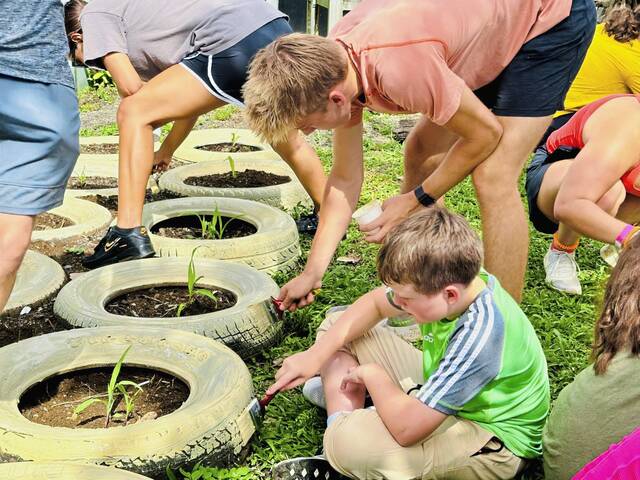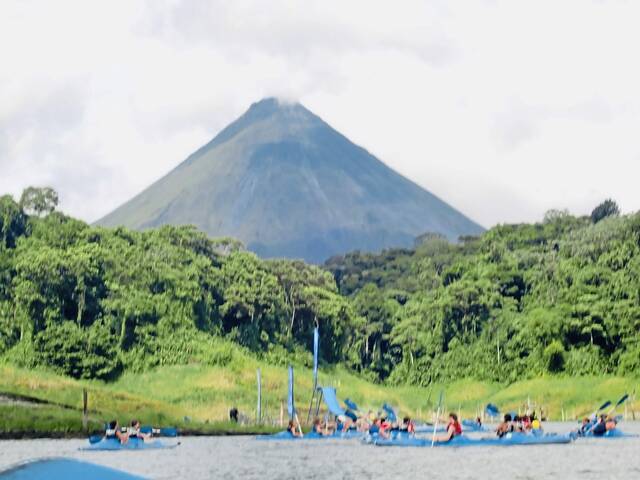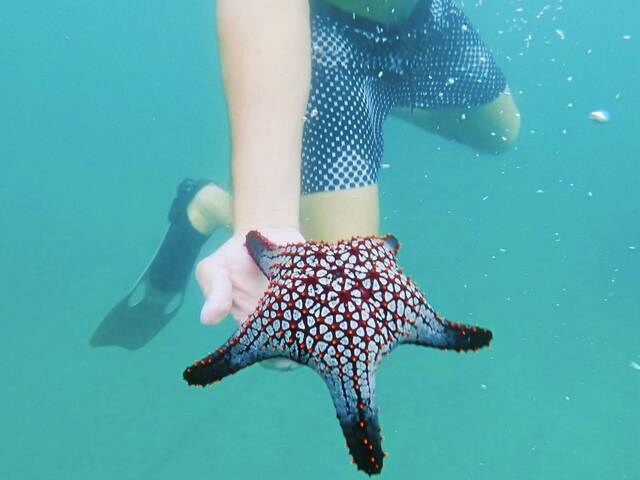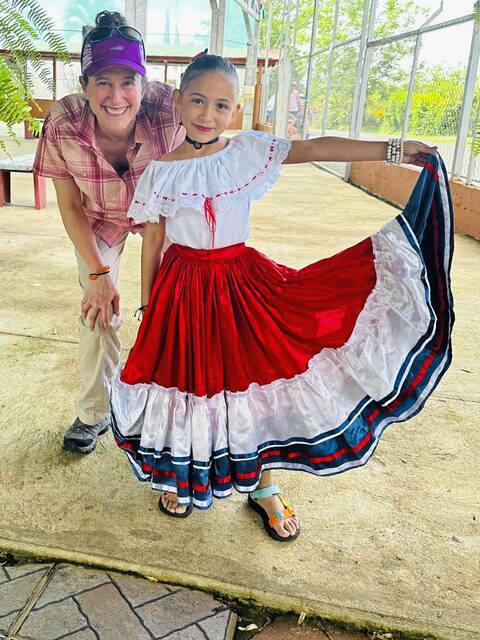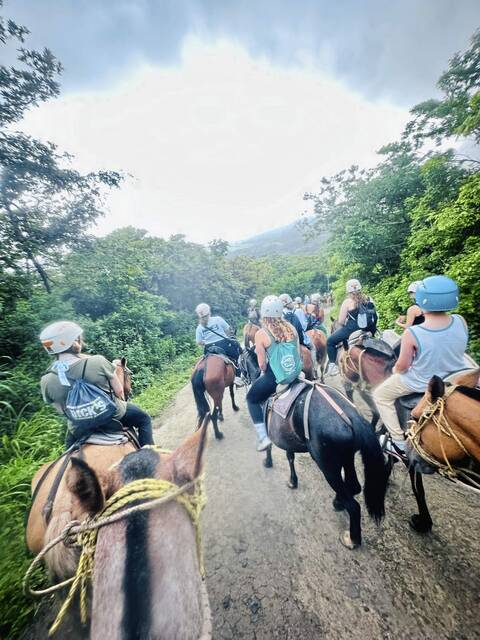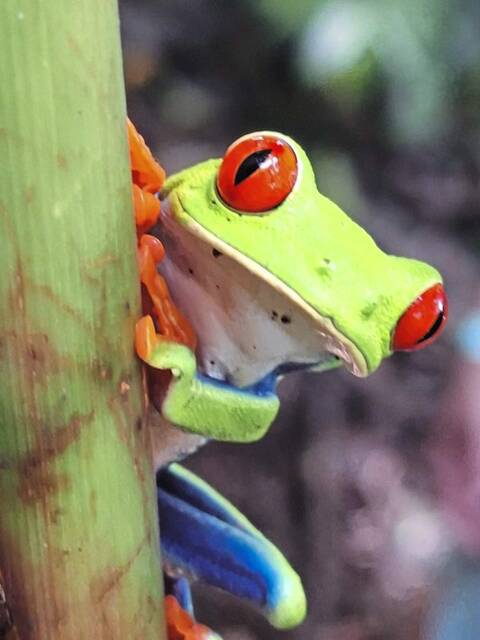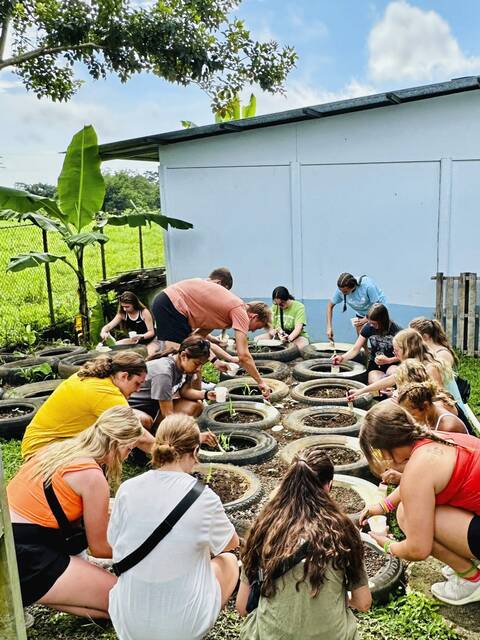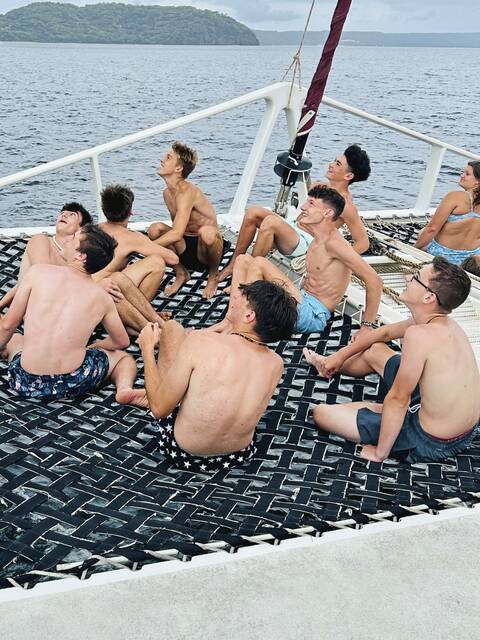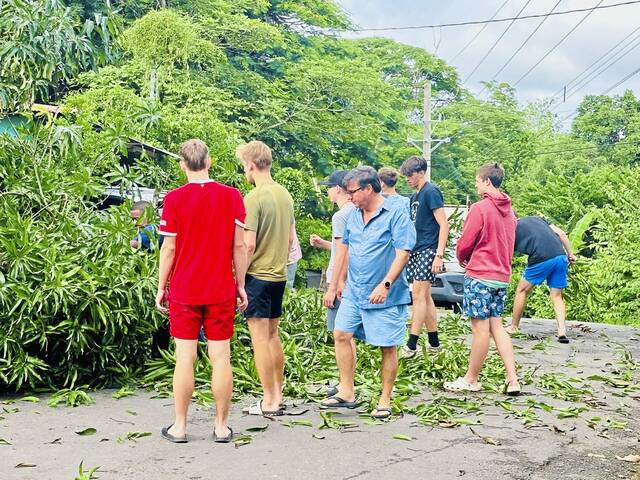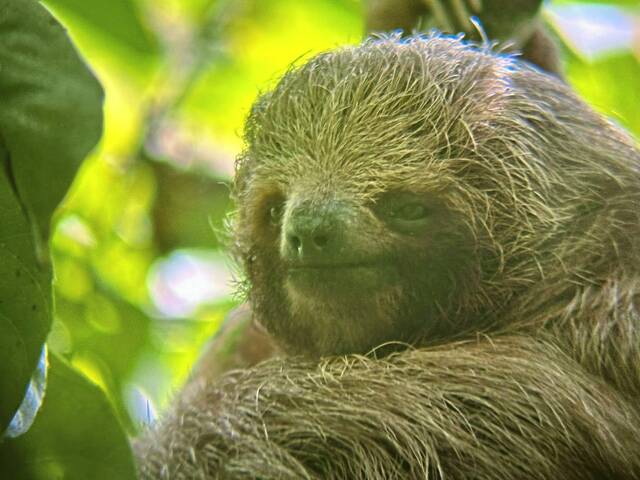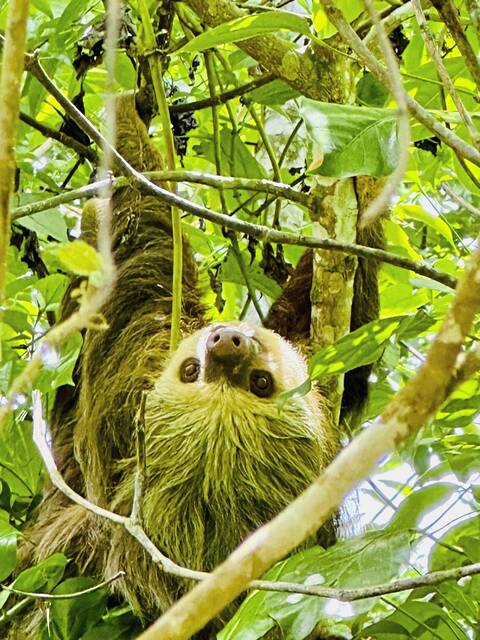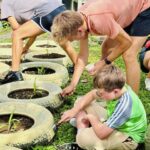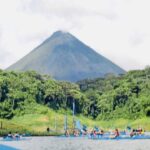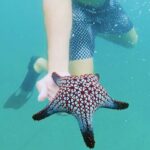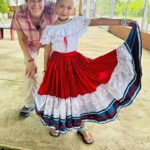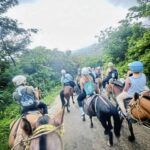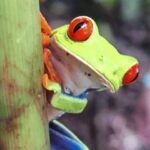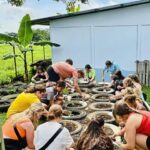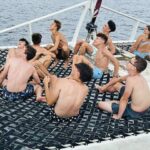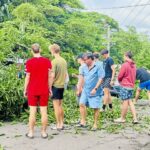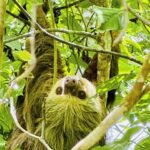Just one of the highlights of Alaina Blend’s tropical summer excursion was snorkeling in the Pacific Ocean.
The first-time experience for the 2024 Greensburg Salem High School graduate was a fitting finale to the 10-day trip to Costa Rica she shared with 39 schoolmates, many of them fellow members of the school’s Bio Club.
“The water was very pretty,” Blend said of her exploration off Coco Beach, in the northwestern section of the Central American country. “We took a boat out for an hour to a little shoreline with sharp volcanic rocks. I saw some tropical fish, starfish and sea urchins.”
It was among the many rich habitats the students encountered along with biology teacher Andrea Redinger and five other chaperones who went on the trip. Along the way, they experienced firsthand lessons in both international culture and ecology.
“It was about getting the students to realize that there are other parts of the world and getting them out of their comfort zone,” Redinger said. “For some students, this was their first time on an airplane and even their first time away from their family.”
Puerto Rico also was in contention as a proposed summer destination for the school club, but Costa Rica won out in the final vote. The tour was arranged through Boston-based Explorica.
Though the distance between Costa Rica’s Caribbean and Pacific coasts is no more than that between the eastern and western borders of West Virginia, Blend said, “There was a lot to see in Costa Rica. It has a lot of diverse things — mountains, volcanoes, beaches and rainforest.”
The Greensburg Salem group got to see the full range of the country’s natural beauty. In addition to snorkeling, they traversed a section of rainforest via zip line and rode on horseback to see a waterfall at Lake Buena Vista — a mode of transportation that also was new for Blend.
They paid a visit to the Poas Volcano. North of the capital city of San Jose, it was temporarily off-limits to tourists after a substantial emission of gasses and a minor eruption of ash in April.
“It was absolutely gorgeous, but it’s very sulfurous-smelling,” said Blend. “It’s this huge crater with beautiful mountains on the side of it. There was a little pool at the bottom, but a lot of times smoke was covering it.”
Blend most wanted to see some of Costa Rica’s wildlife, and she wasn’t disappointed.
The rewards for a self-described “bio nerd” included glimpses of spider monkeys, sloths and a long-necked waterfowl that’s called anhinga but also is known as “snakebird.”
“Its neck sticking out of the water kind of looks like a snake,” Blend explained.
The cries of aptly named howler monkeys served as an alarm clock.
The students went on a night walk to spot the country’s red-eyed tree frog and other brilliantly-colored nocturnal species. The bright coloring is a defensive adaptation meant to warn off predators.
”In nature, it’s the bright colors that you avoid,” Redinger said. “If it’s neon green with black spots, you don’t touch it.”
While visitors to Costa Rica are asked not to handle or otherwise interfere with the country’s wildlife, that message is driven home by the tree frog, which secretes a mild toxin as an extra defense mechanism.
“If you touch it and then touch your eyes or mouth, that would be a problem,” said Blend.
Redinger previously visited Costa Rica in 2oo4 to study a population of leatherback sea turtles along its Caribbean coast. This time, she and the rest of the Greensburg Salem group just missed the July start of the nesting season — when the 6-foot-long reptiles come ashore to lay their eggs.
Still, the turtles’ presence in spirit was unmistakable. Tortuguero, roughly translating into English as “land of the turtles,” is the name of a national park that protects their habitat and of the nearby city.
Recycling receptacles shaped like turtles also are part of the landscape — reinforcing the importance conservation of Costa Rica’s wild flora and fauna holds for researchers and for the country’s ecotourism industry.
In an earlier era, Redinger said, residents hunted the turtles, which were valued for their meat and eggs.
“In that whole area, that was their livelihood,” she said. “Then they changed it to where they protected them and made it the place to come see the turtles. They’re big on ecotourism.”
“They really do care a lot about the wildlife,” Blend said of the Costa Rican people. “The whole mindset down there is more conscious of nature. So much of the country is protected national wildlife parks.
“There was nature everywhere you looked, and it’s untouched.”
Allowing animals to remain in their natural setting is the intent, Redinger said.
“There are no zoos down there, and it’s illegal to take selfies with any of the animals,” she said. “I thought that was neat.”
Costa Rica was an ideal destination for Blend, who is pursuing a major in biology with a minor in Spanish at Penn State. Her ability to communicate in the native language provided an extra measure of goodwill during the school group’s visit.
“I wrote our bus driver a thank you note in Spanish toward the end because I knew there was a language barrier during the whole trip for him,” said Blend.
At one point, many of the students jumped out of the bus to help clear away a fallen tree that was blocking the road.
“We were not going to move unless they helped,” Redinger said.
In another act of goodwill, the Greensburg Salem students, through a fundraising and donation drive, collected school supplies they delivered to the Sarapiqui Learning Center in a community north of San Jose.
We had 150 pounds of school supplies,” said Redinger. “We maxed out three suitcases to carry them.”
The students also took some time out of their trip to help with painting and outdoor planting tasks at one of the schools served by the center.
In return, they were treated to lunch and a performance of a traditional dance.
“We wanted to give something back,” Redinger said.


